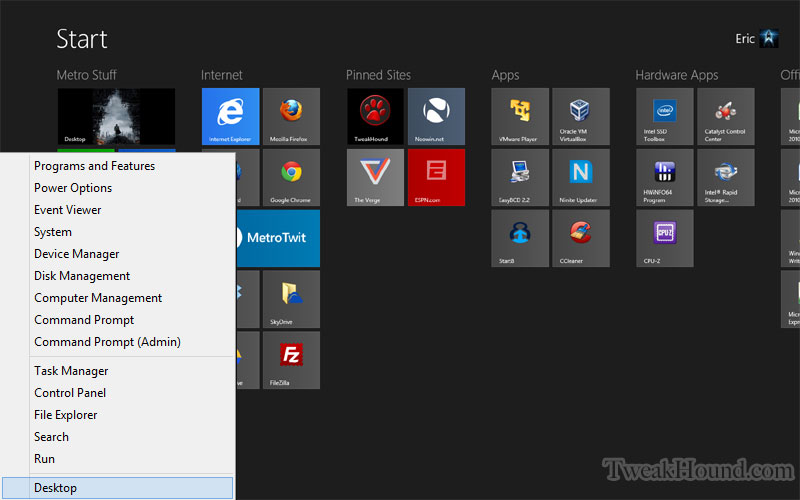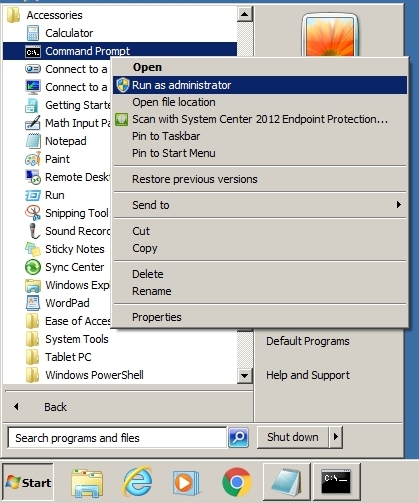

- ADMINISTRATOR X WINDOW SYSTEM32 CMD EXECUTIVE HOW TO
- ADMINISTRATOR X WINDOW SYSTEM32 CMD EXECUTIVE PASSWORD
- ADMINISTRATOR X WINDOW SYSTEM32 CMD EXECUTIVE FREE
- ADMINISTRATOR X WINDOW SYSTEM32 CMD EXECUTIVE WINDOWS
Imagine a tool that dumps all of your favorite registry locations for inspection along with validating any binaries that are referred to within those registry locations.

In this example we see cmd.exe and sethc.exe both having the same (cmd.exe) hash. With the output in hand (or in a backend database), a simple query for well-known sethc.exe or cmd.exe hashes can be constructed to easily identify anomalies. Using the CrowdResponse plugin, we can pull filenames, hashes, and digital signatures for all files in the C:\Windows\System32 folder.įrom the CrowdResponse config file: "%windir%\system32" -h -m -r -s -t -p 2 -z 30 -i "\.(exe|dll|sys)$" The trick of course is to not only compare hashes, but to ensure you are matching the filename with the correct hash. Thus, the resultant file will still nicely match your list of known good hashes.
ADMINISTRATOR X WINDOW SYSTEM32 CMD EXECUTIVE WINDOWS
One of the clever things that make the Sticky Keys attack difficult to identify is that the file replacement uses a legitimate Windows binary (cmd.exe). Finding evidence of a Sticky Keys attack may lead the responder to the initial compromise of a system, but it will not be the first malicious activity to occur.
ADMINISTRATOR X WINDOW SYSTEM32 CMD EXECUTIVE PASSWORD
Hence it is largely used post-compromise in conjunction with RDP as a convenient means for attackers to pivot through the network or to regain access after a password reset. That can be either via an administrator account (necessary to modify HKLM or write files to C:\Windows\System32) or via physical access to the machine, with modifications done via a bootable USB. REG ADD "HKLM\SOFTWARE\Microsoft\Windows NT\CurrentVersion\Image File Execution Options\utilman.exe" /t REG_SZ /v Debugger /d “C:\windows\system32\cmd.exe” /fĪn important detail about this vulnerability is the attacker must have prior access to the system. The attack is identical to the sethc.exe registry debugger modification seen above, except the binary is now Utilman.exe and a simple Windows key + U combination will present a LOCAL_SYSTEM privileged shell. REG ADD "HKLM\SOFTWARE\Microsoft\Windows NT\CurrentVersion\Image File Execution Options\sethc.exe" /t REG_SZ /v Debugger /d “C:\windows\system32\cmd.exe” /fĪnother common variant takes advantage of a different part of the accessibility suite, Utilman.

One simple addition to the Windows registry and the attack works just as before, except there is no longer a need to perform file replacement. This reduces the logging footprint (no compromised account logon necessary!) and gives the added bonus of providing a shell running with LOCAL_SYSTEM privileges.Īs new versions of Windows introduced slightly better protection mechanisms for the System32 folder, a new variant emerged – setting cmd.exe as a debugger to the sethc.exe process. Since sethc.exe is executed pre-login, the attacker effectively gets a shell without needing to authenticate. After the switch, all it takes is five presses of the Shift-key from the logon screen and cmd.exe is executed. The original Sticky Keys attack involved replacing the C:\Windows\System32\sethc.exe binary with something that could provide access to the underlying OS, such as cmd.exe. With a high success rate in most Windows environments, it is not surprising that we still see even some of our more advanced adversaries putting it into play. The Sticky Keys attack is one of those vulnerabilities that is nearly too simple to believe. c Verify digital signature of discovered files If the file exists on disk, file information, hash, and digital signature details are recorded. RegFile searches for registry string values (REG_SZ and REG_EXPAND_SZ) and identifies file path data. Valid registry hive names are: HKLM, HKCU, HKCR, HKU, and HKAU (pseudo key representing all users) RegDump recursively extracts Windows registry key and value data.
ADMINISTRATOR X WINDOW SYSTEM32 CMD EXECUTIVE HOW TO
We’ll show how to identify this attack while demonstrating the new additions. Our inspiration for this release was one of those vulnerabilities that just won’t die – Windows Sticky Keys.
ADMINISTRATOR X WINDOW SYSTEM32 CMD EXECUTIVE FREE
The third release of the free CrowdResponse incident response collection tool is now available! This time around we include plugins that facilitate the collection of Windows registry data.


 0 kommentar(er)
0 kommentar(er)
